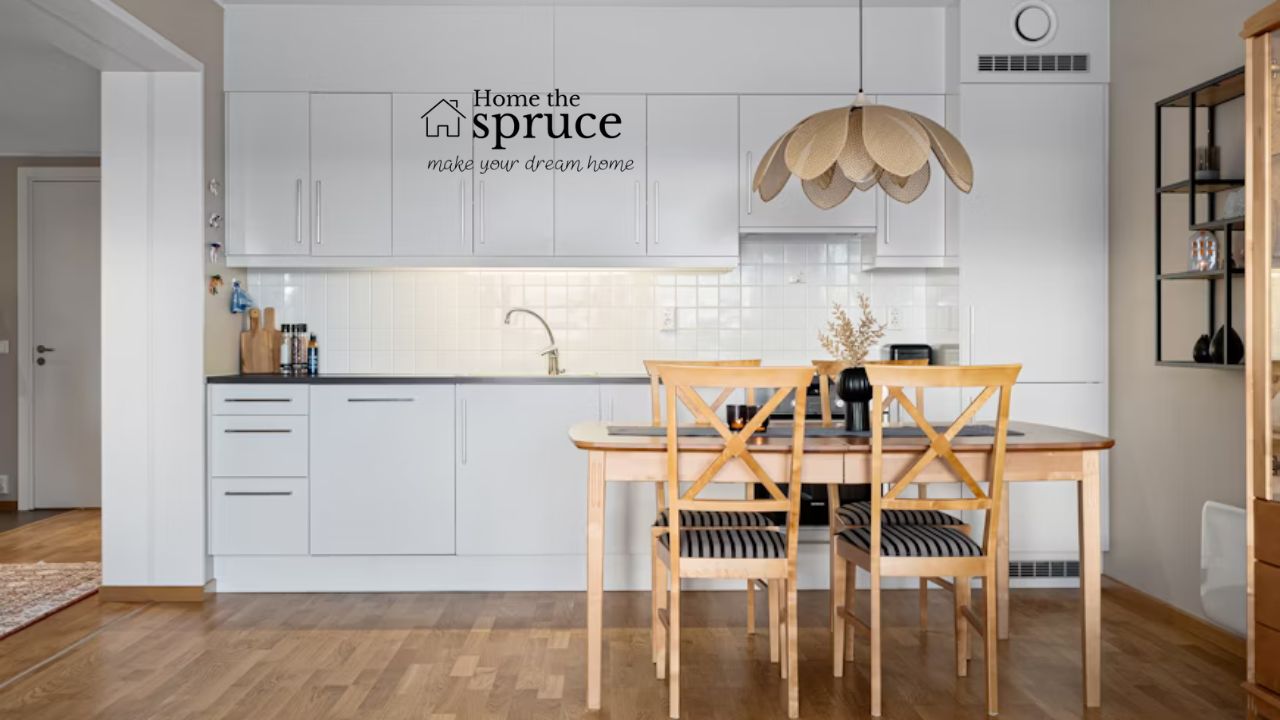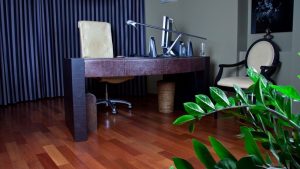Let’s be honest – home renovation projects have a sneaky way of turning your wallet inside out faster than you can say “just a quick fix.” We’ve all been there, starting with what seems like a simple weekend project only to find ourselves three weeks later, covered in dust, questioning our life choices while staring at receipts that make our credit cards weep.
The thing is, proper budgeting isn’t just about avoiding financial disaster – it’s about making sure your hard-earned money actually improves your home in meaningful ways. Whether you’re dreaming of a kitchen makeover or dealing with essential repairs, having a solid plan can mean the difference between a project that adds value and one that leaves you eating ramen for the next six months.
Why Most Home Renovation Budgets Go Off the Rails
Here’s what nobody tells you about home improvement costs: they’re like icebergs. What you see on the surface is usually just a fraction of what’s lurking underneath. That innocent-looking bathroom renovation? It might seem straightforward until you discover the plumbing behind your walls looks like it was installed during the Coolidge administration.
Common budget busters that catch homeowners off guard:
- Hidden structural issues discovered during demolition
- Permit fees and inspection costs nobody mentioned
- Materials that cost way more than initial estimates
- Labor shortages driving up contractor prices
- The dreaded “while we’re at it” syndrome
Most folks make the mistake of budgeting only for what they can see, forgetting that older homes especially love to surprise you with costly revelations once you start tearing into walls or floors.
The Real Cost of Skipping the Planning Phase
Jumping into renovations without proper financial planning is like trying to navigate Chicago traffic without GPS – you might eventually get where you’re going, but it’s gonna cost you time, money, and probably your sanity. The excitement of transformation can cloud your judgment, leading to impulse decisions that blow your budget wide open.
Professional contractors will tell you that clients who come prepared with realistic budgets and contingency plans tend to have much smoother experiences. They’re less likely to compromise on quality when unexpected costs arise, and they rarely find themselves stuck with half-finished projects because the money ran out.
Building Your Renovation Budget: The Foundation
Creating a renovation budget that actually works requires more than just guessing at numbers and hoping for the best. You need to approach it like you’re planning a military operation – with precision, backup plans, and realistic expectations about what could go wrong.
Start by getting clear on what you’re trying to accomplish. Are you fixing essential systems that could fail catastrophically, or are you upgrading for aesthetic reasons? Essential repairs – like fixing a leaking roof or replacing a dying HVAC system – should always take priority over cosmetic improvements.
Research Phase: Your Budget’s Best Friend
Before you commit to any numbers, spend serious time researching actual costs in your area. Labor rates vary dramatically depending on where you live, and material costs can fluctuate based on everything from seasonal demand to supply chain hiccups.
Check multiple sources for pricing information. Visit local home improvement stores, get quotes from contractors, and don’t forget to factor in delivery fees for materials. Online price calculators can be incredibly helpful for getting ballpark figures, especially for complex projects where multiple variables affect the final cost.
For major repairs like garage doors, using a garage door repair price calculator can help you understand potential expenses before you even call for quotes. These tools factor in different variables like door size, material type, and complexity of the repair to give you realistic cost ranges.
The 20-30-50 Rule for Home Renovation Budgeting
Smart homeowners follow a tried-and-true formula when allocating renovation dollars. Roughly 20% should go toward planning, permits, and unexpected discoveries. Another 30% covers materials and supplies. The remaining 50% handles labor costs – and yes, labor really does eat up that much of your budget on most projects.
This breakdown helps prevent the sticker shock that comes when you realize the beautiful kitchen island you picked out represents only a small fraction of your total renovation costs. Labor-intensive projects like electrical work, plumbing, or structural changes will always cost more than simple cosmetic updates.
Emergency Fund: Your Safety Net
Here’s where most renovation budgets fall apart – they don’t include a cushion for the unexpected. Experienced renovators swear by setting aside an additional 15-25% of their total budget for surprises. This isn’t pessimism; it’s realism based on the fact that opening up walls or digging into systems often reveals issues that weren’t visible during the planning phase.
That emergency fund isn’t just for major disasters either. Sometimes it’s the little things that add up – realizing you need special screws for your flooring, discovering your electrical outlets need updating to current codes, or finding out your chosen paint color looks completely different in your actual lighting.
Timing Your Projects for Maximum Savings
Seasonal timing can significantly impact your renovation costs, especially for exterior projects. Roofing work costs more during storm season when contractors are slammed with emergency repairs. HVAC installations spike in price right before summer heat waves hit.
Smart timing strategies:
- Schedule exterior work during contractors’ slower seasons
- Buy materials during off-peak sales periods
- Plan major appliance purchases around holiday sales events
- Consider doing prep work yourself during your free time
Some renovations, however, can’t wait for optimal timing. When your garage door springs snap or your water heater starts flooding the basement, you’re looking at emergency repair territory where timing takes a backseat to preventing further damage.
Tools and Technology: Your Budget Planning Allies
Modern technology has made budget planning way more accurate than the old “guess and pray” method our parents used. Online calculators, cost estimation apps, and digital project management tools can help you track expenses in real-time and adjust your plans before overspending becomes a problem.
Many contractors now use digital tools that provide detailed breakdowns of labor and material costs. Don’t be shy about asking for itemized estimates – understanding where your money goes helps you make informed decisions about where to splurge and where to save.
DIY vs Professional: Making Smart Choices
The DIY approach can save serious money, but only if you’re honest about your skill level and available time. That weekend bathroom renovation could easily stretch into months if you’re learning as you go, and mistakes can end up costing more than hiring professionals from the start.
Focus your DIY efforts on tasks that match your abilities and won’t create safety hazards if something goes wrong. Painting, basic landscaping, and simple installations are great DIY projects. Complex electrical work, structural modifications, and anything involving gas lines should be left to licensed professionals.
Getting Accurate Quotes: The Art of Comparison Shopping
Collecting quotes from multiple contractors isn’t just about finding the lowest price – it’s about understanding the scope of work and making sure you’re comparing apples to apples. A suspiciously low bid might exclude important details that other contractors include, leading to unexpected charges later.
Ask specific questions about what’s included in each quote. Does the price cover cleanup and disposal? Are permits included? What about warranties on workmanship? The cheapest quote often becomes the most expensive option once all the “extras” get added in.
When getting quotes for specialized work like garage door repairs, make sure contractors explain exactly what they’re replacing or fixing. A comprehensive estimate should break down parts, labor, and any additional services so you can make informed decisions about your investment.
Material Selection: Balancing Quality and Cost
Choosing materials involves constant trade-offs between upfront costs and long-term value. That bargain flooring might save money today but could need replacing in five years, while premium options might last decades with minimal maintenance.
Research the lifespan and maintenance requirements of different materials before making decisions. Sometimes spending more upfront saves money over time, especially for items that are expensive or disruptive to replace later.
Financing Your Renovation: Smart Money Moves
Unless you’re sitting on a pile of cash, you’ll need to think strategically about financing your renovation. Home equity loans, personal loans, and credit cards all have different advantages and drawbacks depending on your financial situation and project timeline.
Consider the tax implications of your financing choices too. Some renovation loans offer tax benefits, while others might affect your ability to deduct home improvement expenses. Talk to a financial advisor if you’re unsure about the best approach for your situation.
Staying On Track: Monitoring Your Budget
Creating a budget is just the first step – sticking to it requires ongoing vigilance and occasional tough decisions. Track expenses regularly and don’t wait until the end of the project to discover you’ve overspent. Weekly budget reviews help you catch problems early when you still have options.
Red flags that your budget is in trouble:
- Change orders from contractors without clear cost breakdowns
- Repeated trips to the hardware store for “just one more thing”
- Discovering major issues that weren’t anticipated in planning
- Timeline delays that extend labor costs beyond original estimates
The key to successful renovation budgeting is maintaining flexibility while protecting your financial boundaries. Sometimes you’ll need to adjust expectations or timeline to stay within budget, and that’s completely normal.
Remember, a well-planned renovation should enhance your quality of life without creating financial stress. Take time to plan thoroughly, research costs carefully, and build in cushions for the unexpected. Your future self will thank you when you’re enjoying your improved home without drowning in debt.
Smart budgeting transforms renovation from a stressful gamble into a strategic investment in your property and lifestyle. Whether you’re fixing essential systems or creating your dream space, proper financial planning sets the foundation for success.






